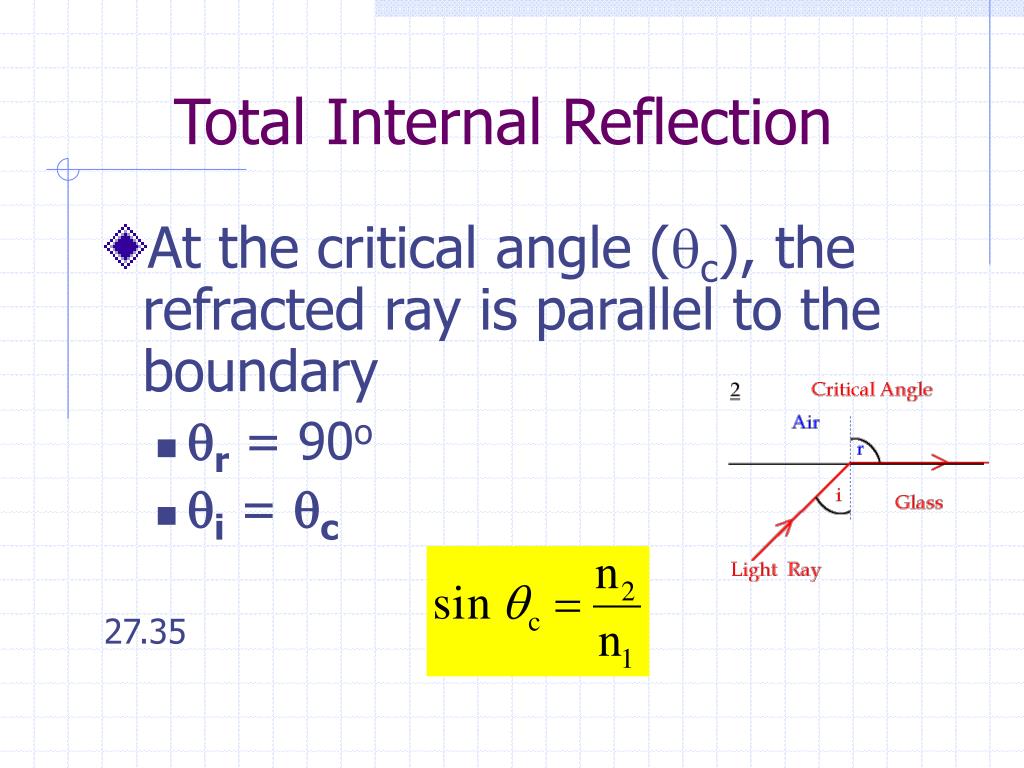
In addition to a 90 o deviation, an isosceles prism can also create a 180 o deviation, whereby reflection occurs on the equal, adjacent sides of the prism, rather than on the hypotenuseīy following the path of two light rays through the prism, it becomes apparent that the resulting image is inverted. The hypotenuse of the prism is responsible for total internal reflection A 90 o prism can achieve a deviation of 180 o This enables both the incident ray and the reflected rays to enter and leave the prism’s surfaces normally, thus ensuring an unimpeded path. To achieve a 90 o deviation, a 90 o isosceles glass prism is employed. Hence, if a light ray enters at an angle of incidence of 45 o, it will be reflected internally and will exit the glass prism at an angle of reflection of 45 o, resulting in a total deviation of 90 o. Any light ray with an angle of incidence greater than this value will undergo total internal reflection. The occurrence of total internal reflection in glass is reliant on its critical angle, which is roughly 42 o. Chemistry Teacher Resource Edexcel | AQA | OCRĪ deviation of 90 o achieved using a prism with a 90 o angle.Biology Teacher Resource Edexcel | AQA | OCR | CIE.


GCSE Chemistry Online Course Edexcel | AQA | OCR | CIE.

GCSE Biology Online Course Edexcel | AQA | OCR | CIE.GCSE Chemistry Tutor Edexcel | AQA | OCR.GCSE Physics Tutor Edexcel | AQA | OCR | CIE.Henrietta Barnett School Admissions Tutors.James Allen’s Girls’ School Admissions Tutors.King’s College Wimbledon School Admissions Tutors.Lycee Francais Charles de Gaulle School Admissions Tutors.Radley College School Admissions Tutors.


 0 kommentar(er)
0 kommentar(er)
